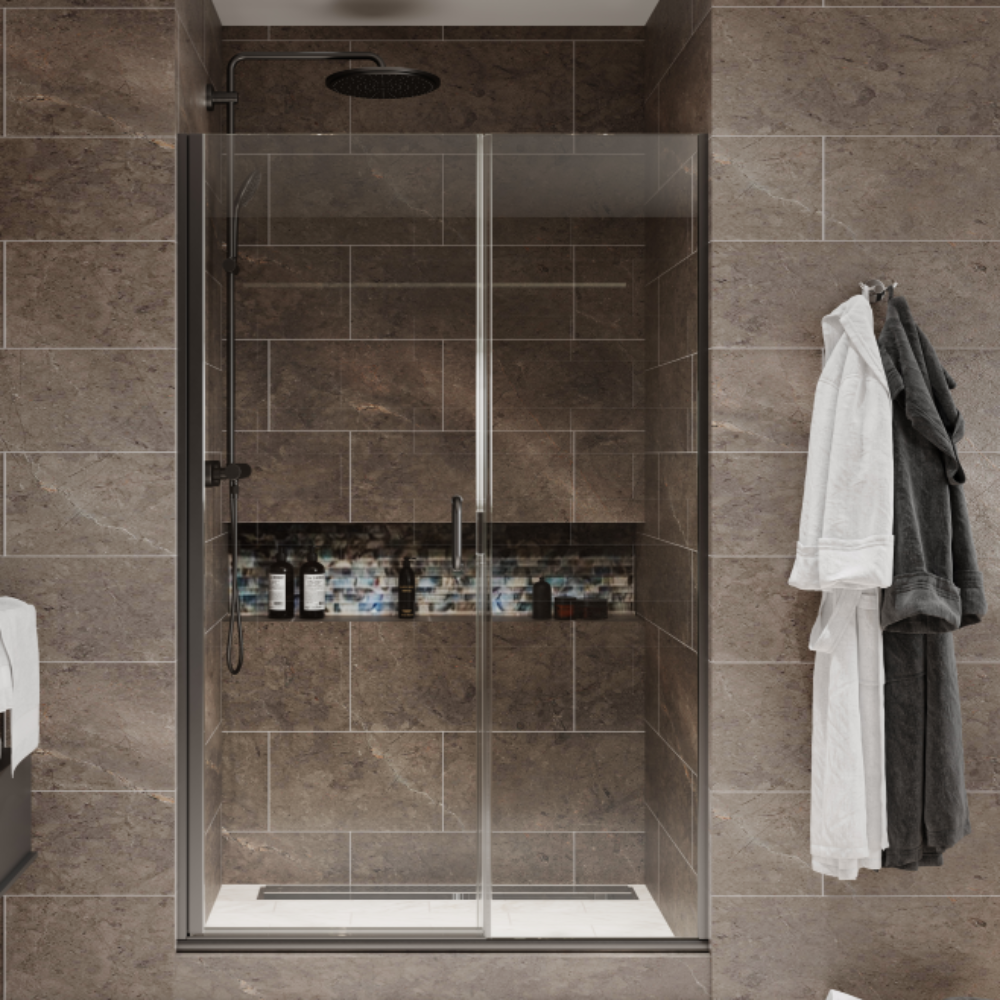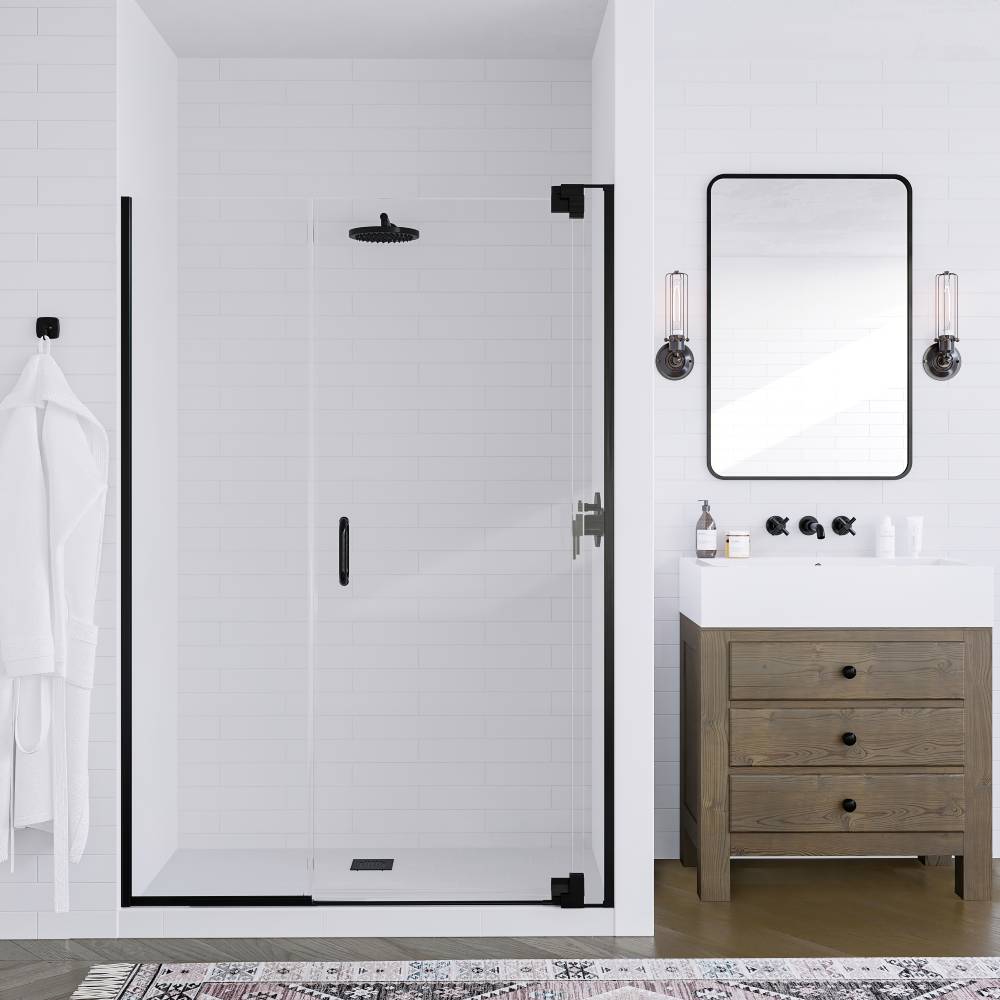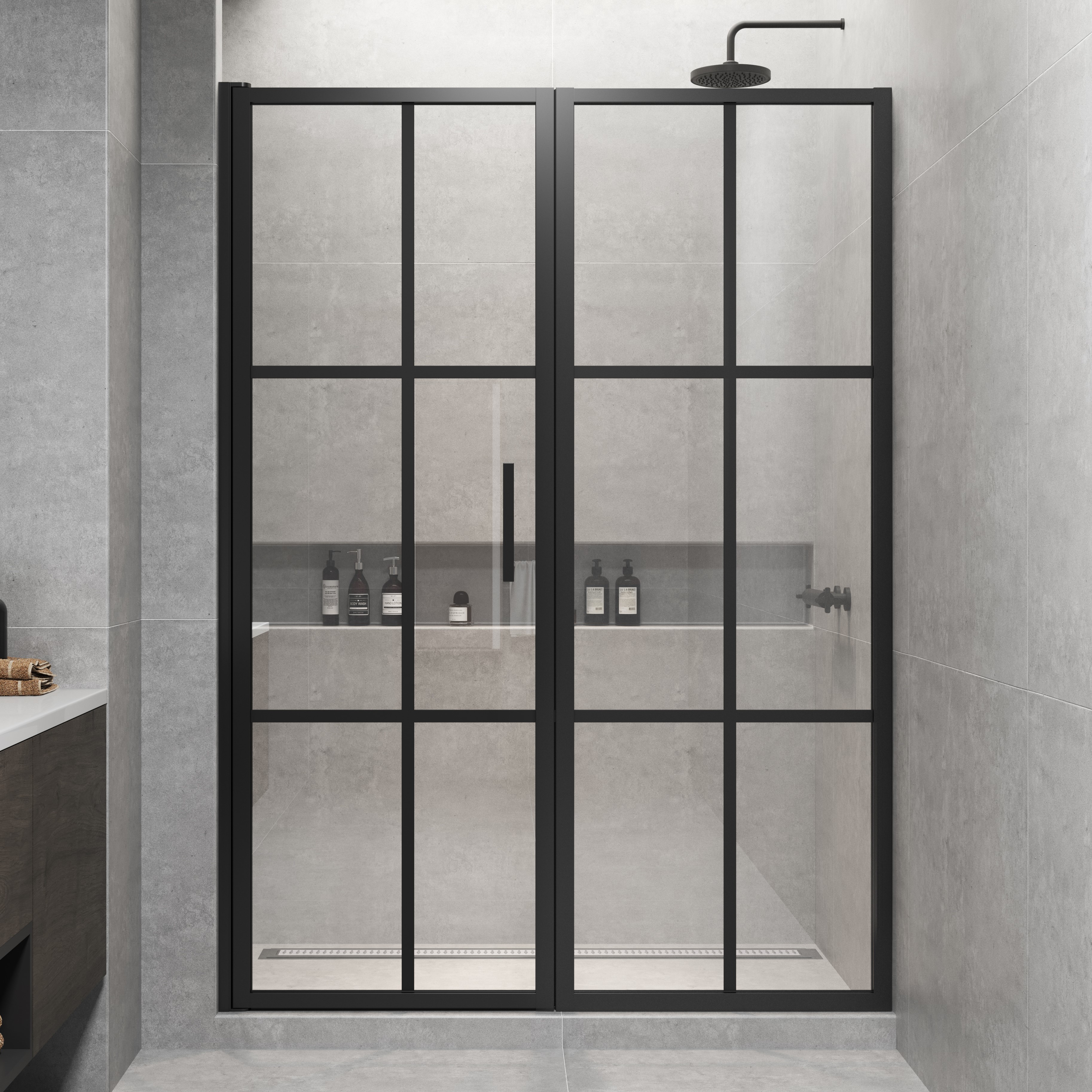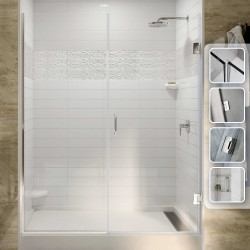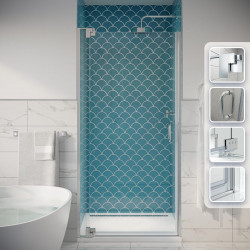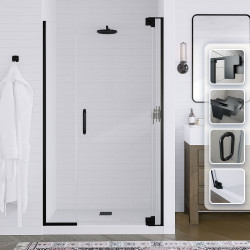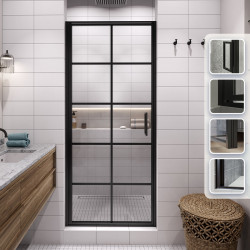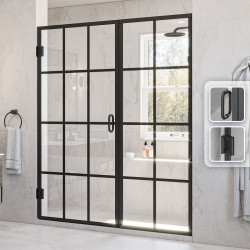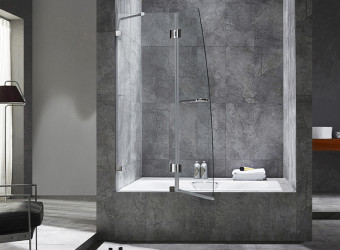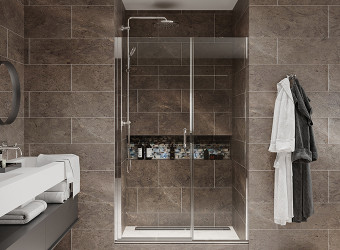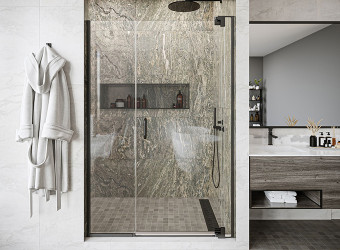A hinged door is a common type of door that is attached to a frame using hinges. The hinges are usually located on the side of the door and allow the door to swing open and closed on a vertical axis. Hinged doors typically require a door handle or knob to open and close, and they often come with a latch or lock mechanism to secure the door in place.
In contrast, a pivot door rotates around a central pivot point. Pivot doors can be designed to pivot at the top and bottom of the door, or at a central point in the door frame. Pivot doors can be larger than hinged doors, since they don't require a frame to support the weight of the door. Instead, the weight of the door is supported by the pivot point, which can be located in the floor, ceiling, or wall.
Pivot doors can have a number of advantages over hinged doors. They are often easier to open and close than hinged doors, since they don't require the same amount of force to swing open. They can also be easier to install, since they don't require a frame to support the door. This can be especially useful in spaces where a traditional frame would be difficult to install, such as in an opening between two rooms.
However, pivot doors also have some disadvantages. They can be more expensive than hinged doors, since they require specialized hardware and installation. They may also be more difficult to repair if they become damaged, since they require specialized skills and tools to work on.
In summary, while both pivot doors and hinged doors serve the same basic function, they differ in terms of their hardware and installation. Pivot doors are designed to rotate around a central pivot point, while hinged doors are attached to a frame using hinges.
Example of a hinged shower door
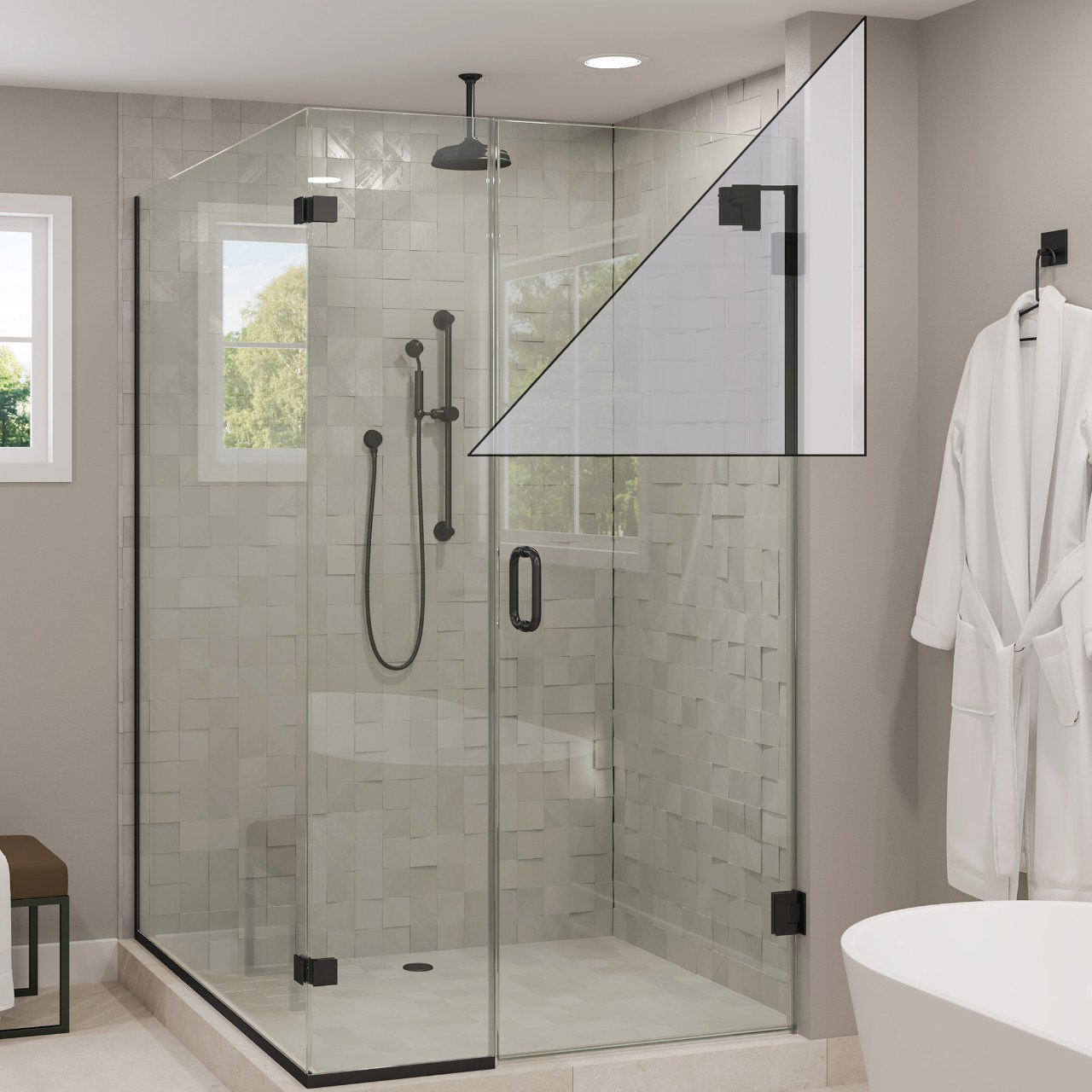
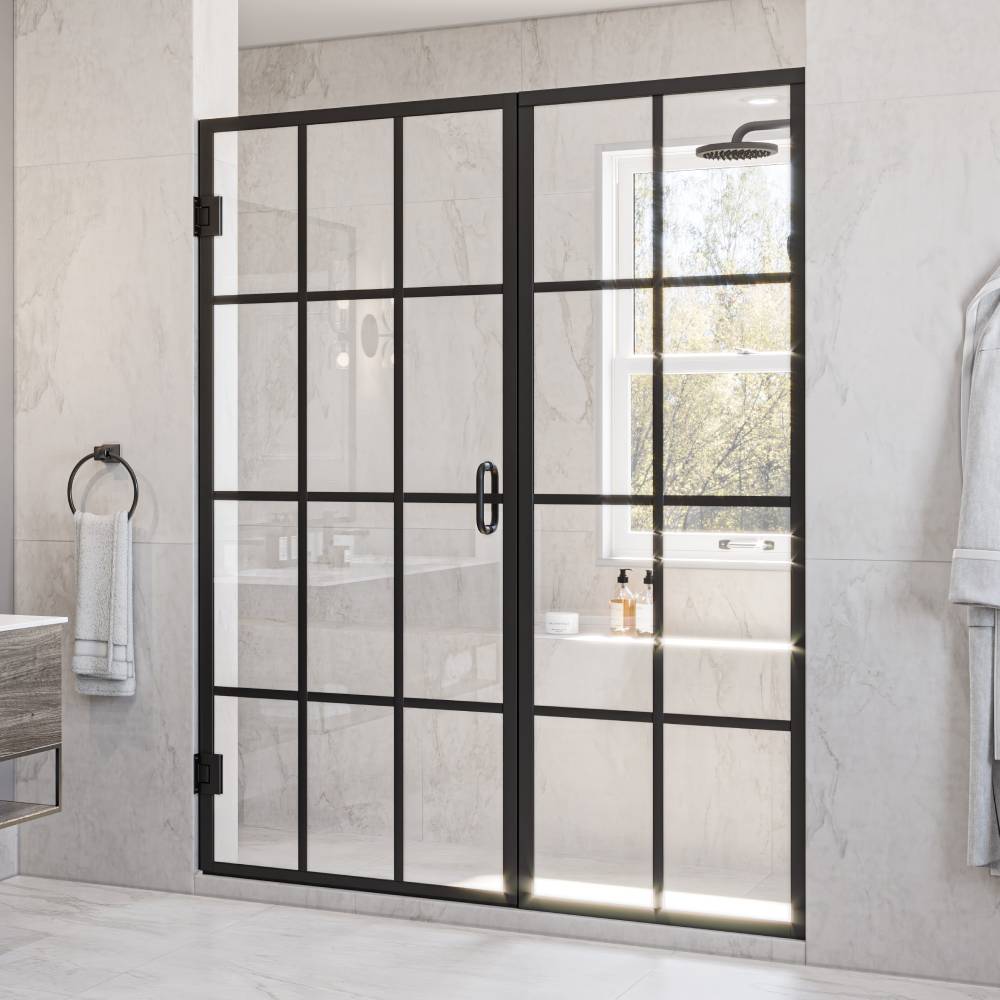
Example of pivot shower door
